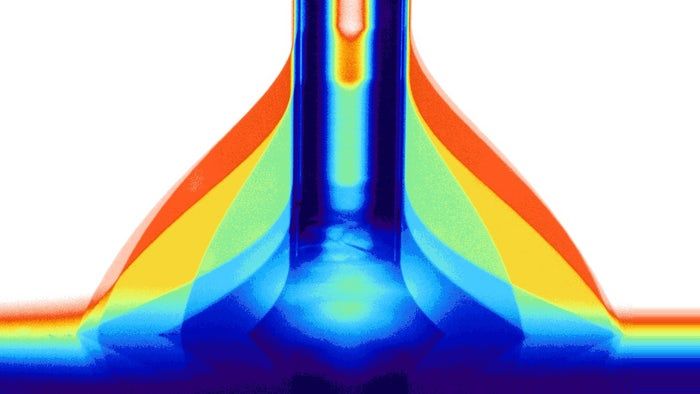Definitely makes sense when you consider how things work in nature.
Generally, water repellent objects and those that attract or absorb water have very different microscopic-level attributes that endow them with their behavior. For example, the myriad tiny hairs on a gecko’s body help it to efficiently repel water, whilst specially treated cotton designed for harvesting water from the air contains millions of tiny pores that draw in liquid. Now researchers have discovered a way to use a single type of material to perform both functions, switching between liquid attraction and liquid repulsion, simply through the application of an electric voltage.
Developed by a team of scientists from TU Wien, the University of Zurich, and KU Levin, the new material alters its water-handling behavior by changing its surface structure at the nanoscale to effect a change at the macroscale. Specifically, the behavior of liquid on the new material is as a result of altering the “stiction” (static friction) of the molecular surface. One with a high-level of stiction keeps moisture clinging to it, whilst one with a low-level allows the liquid to run right off.
To change the amount of stiction, a nanoscale mesh made of a single layer of boron nitride (or “white graphene”, as it is sometimes known) was grown on a bed of rhodium, to create a honeycomb structure with comb depths of around 0.1 nanometers and comb to comb distance of 3.2 nm. When a voltage is applied to the structure, the mesh flattens out, changing the contact angle between the water droplets and the molecules so greatly that surface tension can no longer be maintained, and the droplets lose their grip on the surface.
